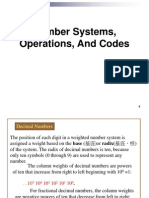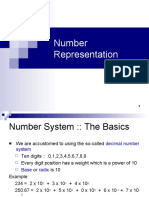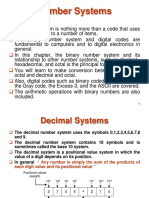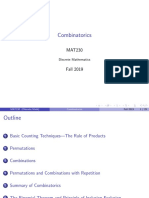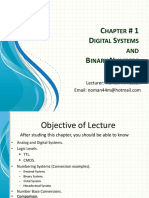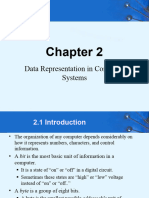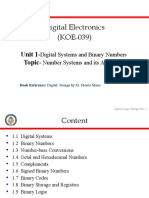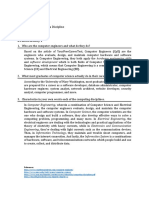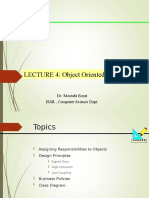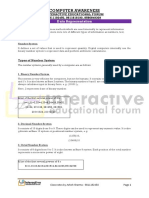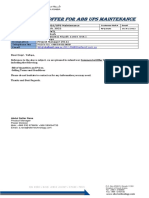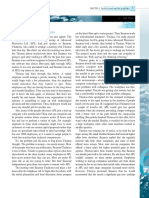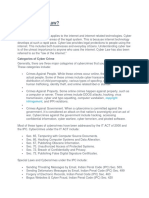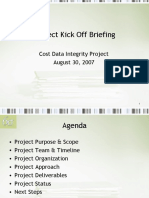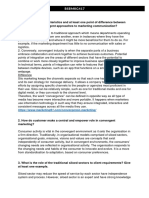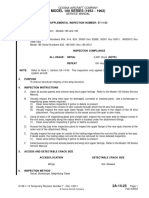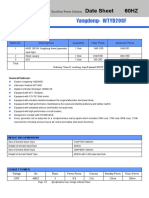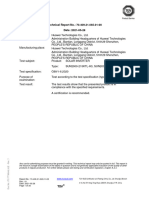0% found this document useful (0 votes)
213 views33 pagesDigital Systems & Binary Conversion
This chapter discusses digital systems and binary arithmetic, including the difference between analog and digital systems, number systems and conversion between binary, decimal, octal and hexadecimal, and how to perform addition, subtraction, multiplication and division with positive and negative binary numbers. It also introduces binary codes like BCD, excess-3, and 6-3-1-1 codes.
Uploaded by
최인아Copyright
© © All Rights Reserved
We take content rights seriously. If you suspect this is your content, claim it here.
Available Formats
Download as PDF, TXT or read online on Scribd
0% found this document useful (0 votes)
213 views33 pagesDigital Systems & Binary Conversion
This chapter discusses digital systems and binary arithmetic, including the difference between analog and digital systems, number systems and conversion between binary, decimal, octal and hexadecimal, and how to perform addition, subtraction, multiplication and division with positive and negative binary numbers. It also introduces binary codes like BCD, excess-3, and 6-3-1-1 codes.
Uploaded by
최인아Copyright
© © All Rights Reserved
We take content rights seriously. If you suspect this is your content, claim it here.
Available Formats
Download as PDF, TXT or read online on Scribd
/ 33
